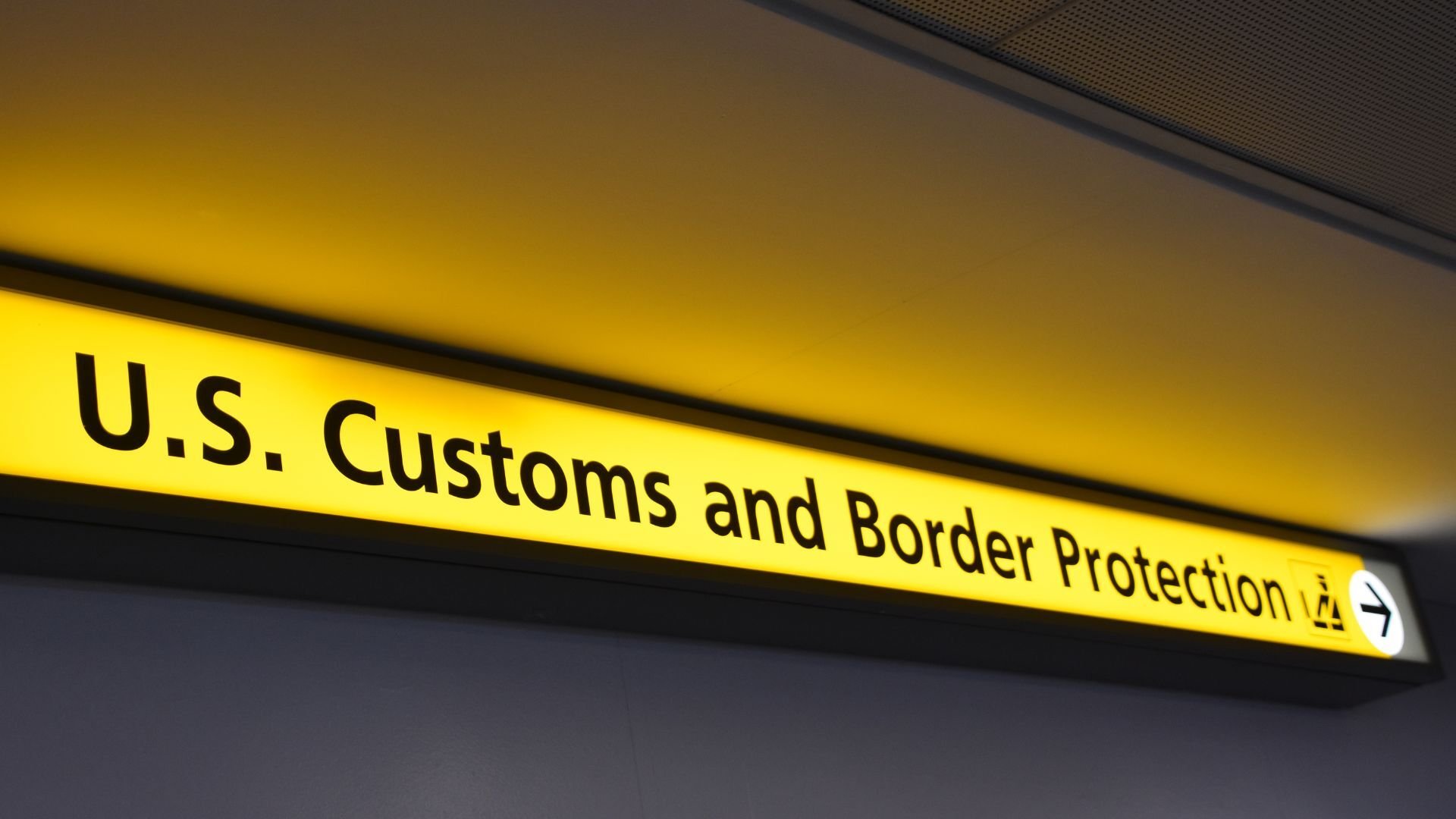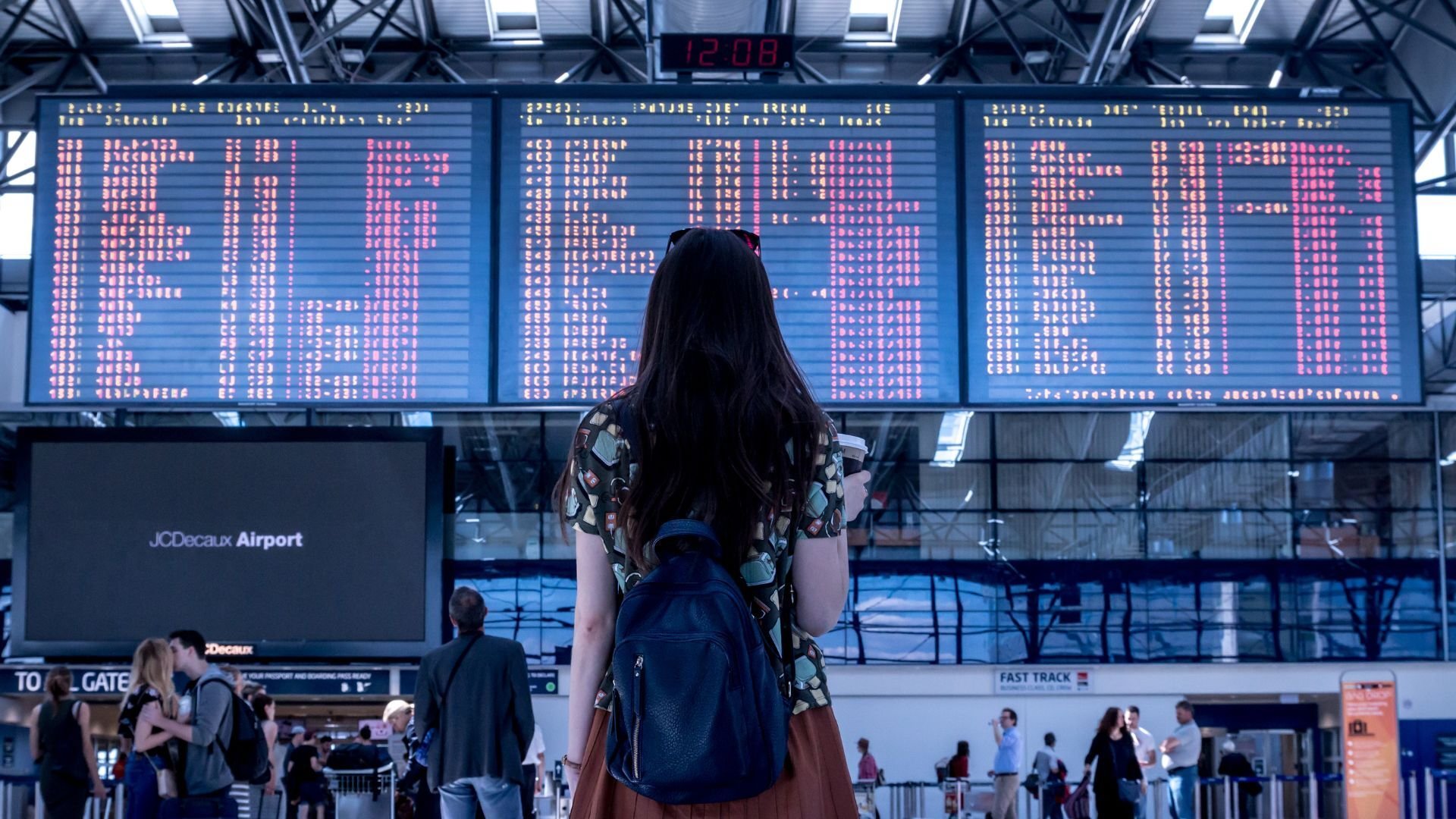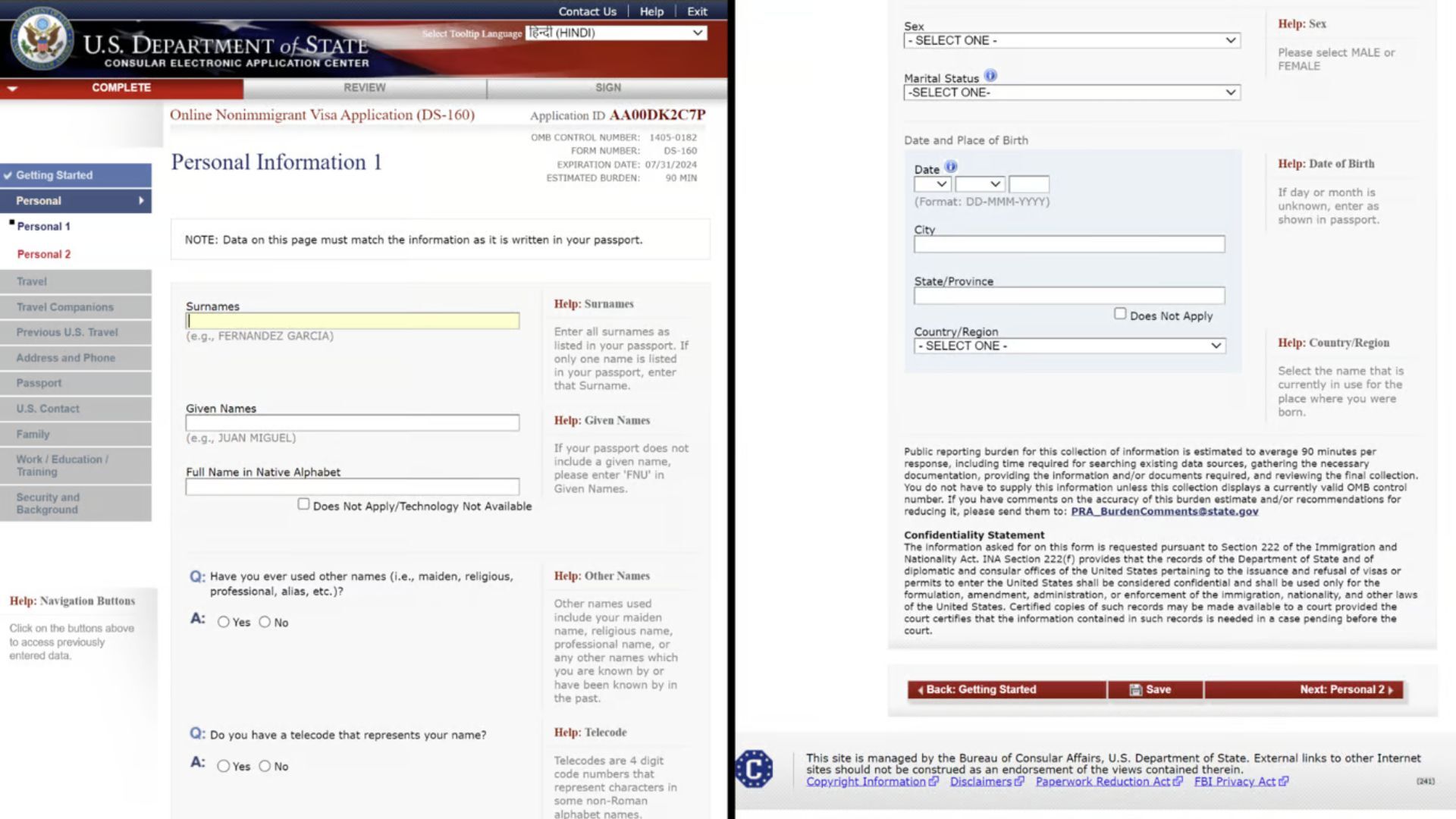Stopped at the Border? How to Handle U.S. Customs When Traveling on an F1 Visa with a Day 1 CPT Program
Traveling internationally as an F-1 visa holder can be daunting—especially in today’s immigration climate. Regardless of the university or program you're enrolled in, international students face a possibility of being referred to secondary inspection in the U.S. border. Increased scrutiny means that even fully compliant students must be prepared to explain their academic and training plans clearly.
In this article, we’ll break down how F-1 visa holders—especially those enrolled in Day 1 CPT programs—can confidently handle these encounters at the border.
Table of Content
- Understanding the Inspection Process
- Why Are F-1 Students Sent to Secondary Inspection?
- Tips for a Smooth Re-entry
- Real Student's Experience
- The Importance of Choosing a Reputable University

1. Understanding the Inspection Process
Upon arrival in the United States, all travelers, including F-1 students, undergo a primary inspection by U.S. Customs and Border Protection (CBP) officers.
In Fiscal Year 2024, CBP processed over 420 million travelers at ports of entry, with approximately 3% (about 12.6 million individuals) referred for secondary inspection .
Secondary inspections allow officers to conduct additional questioning and document verification to determine a traveler's admissibility.
2. Why Are F-1 Students Sent to Secondary Inspection?
Secondary inspection is a routine part of the U.S. Customs and Border Protection (CBP) process and can happen to any international traveler, including F-1 students. It's not an indication of wrongdoing, but rather a way for officers to verify details when additional documentation or clarification is needed.
For students, this may involve confirming current enrollment, CPT authorization, or academic plans. Sometimes, referrals occur simply due to travel frequency, visa annotations, or random selection. If you’re well-prepared and carrying the appropriate paperwork, secondary inspection is typically resolved quickly and professionally.

3. Tips for a Smooth Re-entry
Re-entering the U.S. on an F-1 visa—particularly when enrolled in a Day 1 CPT program—requires careful preparation. While most students clear immigration without issue, a well-prepared traveler is more likely to avoid delays and reduce the risk of misunderstandings.
Here’s how to maximize your chances of a seamless experience at the border:
1. Carry Essential Documents with You
- Valid Passport (with at least 6 months of validity remaining)
- F-1 Visa (make sure it's unexpired and reflects your current school)
- Most Recent I-20 (signed by your DSO within the last 6 months)
- CPT Employment Letter (for students with CPT only; it should be on company letterhead, with job title, duties, start date, and how it relates to your major)
- EAD Card (for students with OPT only)
- Enrollment Verification Letter (from your International Student and Scholar Services (ISSS) office confirming full-time enrollment and CPT participation)
- Academic Schedule or Transcript (showing your registration for current or upcoming terms)
* Pro Tip: If your program is hybrid, include documentation showing compliance with SEVP in-person requirements (e.g., proof of campus attendance or hybrid class formats).
2. Be Prepared to Explain Your Academic and CPT Program
Customs and Border Protection (CBP) officers may not be familiar with the details of Day 1 CPT. It’s your job to confidently and clearly explain:
- Your degree program and the university you're attending
- The structure of your classes (especially how often you attend in person)
- How your CPT job relates to your major or area of study
- That you are still a full-time student, not merely working
Example response: "I’m pursuing a Master’s in Data Science. My internship as a data analyst is part of the CPT training required by my program, and I’m currently enrolled in three graduate-level courses, two of which have in-person components."
3. Maintain a Professional Digital Presence
CBP officers have the authority to inspect your phone, laptop, and other digital devices. If selected for secondary inspection, they may review:
- Text messages and emails (especially related to work)
- Social media posts
- Job offer emails or resumes
- School-related portals or apps
To avoid confusion or misinterpretation:
- Remove any casual or joking language suggesting you’re “just here to work”
- Organize school-related documents in a clearly labeled folder
*Do not carry screenshots or files that contradict your stated enrollment status
4. Stay Calm, Courteous, and Confident
Being referred to secondary inspection is not uncommon and doesn’t mean you’ve done anything wrong.
- Answer questions honestly and concisely
- Avoid becoming defensive or emotional
- If unsure about a question, ask to contact your DSO
- Keep printed contact info for your DSO or school’s ISSS office handy
If things escalate and you are at risk of denial, you may be given the option to voluntarily withdraw your entry and return to your home country. While not ideal, it’s less damaging than a formal deportation order and gives you the chance to reapply correctly.

Start a free consultation on Day 1 CPT
Book a 1:1 consultation to find the program most suitable for you
4. Real Student's Experience
Priya is a graduate student from India enrolled in a Master’s program in Data Analytics at one of our partner universities. After visiting her family during the summer break, Priya returned to the U.S. to resume her studies and internship.
At the port of entry, after presenting her documents during the primary inspection, Priya was directed to secondary inspection. There, CBP officers inquired about her academic program, the nature of her internship, and how it related to her field of study. Thanks to her thorough preparation—including carrying a valid I-20 with CPT authorization, an employment letter detailing her internship role, and a letter from her Designated School Official (DSO) confirming her enrollment—Priya was able to provide satisfactory answers and documentation. After about an hour, she was admitted into the U.S. without issue.
5. The Importance of Choosing a Reputable University
When pursuing a program that includes Day 1 CPT, selecting a well-established and reputable university is one of the most important decisions you can make. Reliable institutions not only ensure academic quality and regulatory compliance—they also provide the ongoing support students need, especially during international travel or visa-related situations.
From issuing timely CPT I-20s to offering responsive Designated School Officials (DSOs) who can assist during port-of-entry inspections, these schools are equipped to guide students every step of the way. Partnering with a trusted university helps protect your F-1 status.
Need help choosing a reliable program that supports your work and study goals?
🌟 Book a free CPT consultation with our team. We're here to help!

You May Also Like
These Related Stories

Day 1 CPT Withdrawal Process: What to Do Before You Leave

How CPT Can Boost Your Job Prospects as an International Student

%20(1).jpg?width=288&height=480&name=%E9%87%8E%E7%81%AB%E4%B8%8A%E5%B2%B8%E7%BE%A4%E4%BA%8C%E7%BB%B4%E7%A0%81%20(600%20x%201800%20px)%20(1).jpg)
No Comments Yet
Let us know what you think